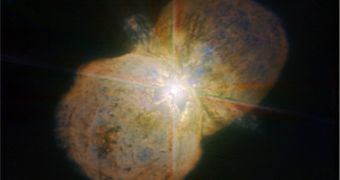Magnitude 18.46 Surface gravity (log g) -0.5 cgs Apparent magnitude (K) 6.85 | Radius 1,540±5% – 1,730 R☉ Constellation Dorado Apparent magnitude (V) 18.46 | |
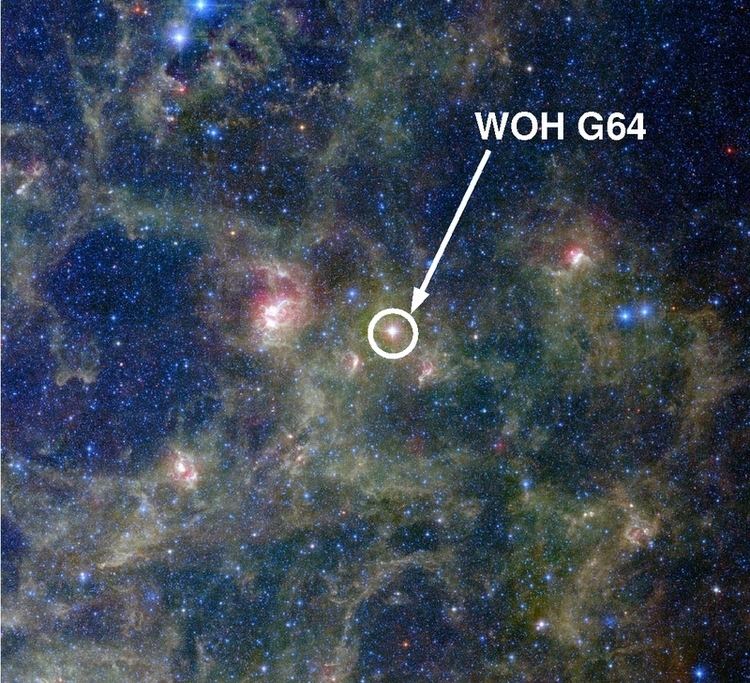 | ||
Similar KY Cygni, RW Cephei, V354 Cephei, KW Sagittarii, VV Cephei | ||
Welches ist der gr te stern sonne canis majoris oder woh g64
WOH G64 is a red hypergiant star in the Large Magellanic Cloud satellite galaxy in the southern constellation of Dorado. It is 168,000 light years away from Earth and is one of the largest known stars, with a radius of 1,540 solar radii (1.07×109 km; 7.2 au), corresponding to a volume some 3.65 billion times bigger than the Sun. If placed at the center of the Solar System, the star's surface would engulf Jupiter.
Contents
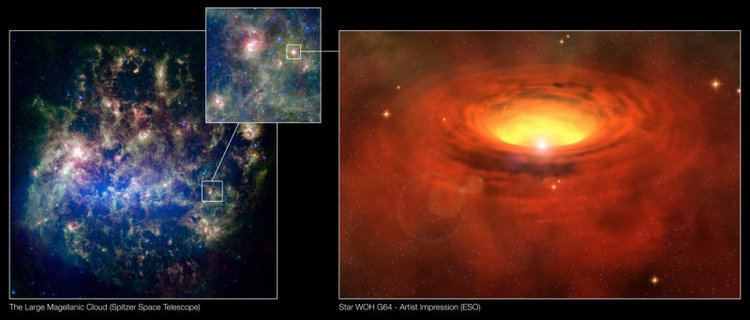
History
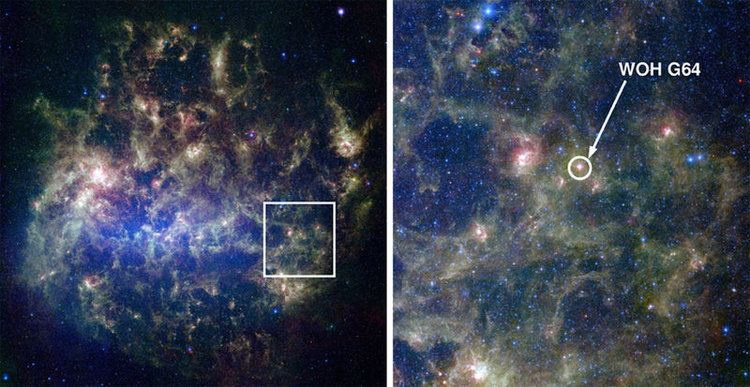
The star was discovered in the 1970s by Westerlund, Olander and Hedin. Like NML Cygni, the "WOH" in the star's name comes from the names of its three discoverers, but in this case refers to a whole catalogue of giant and supergiant stars in the LMC. Westerlund also discovered another notable cool hypergiant star, Westerlund 1-26, found in the massive super star cluster Westerlund 1 in the constellation Ara.
Characteristics
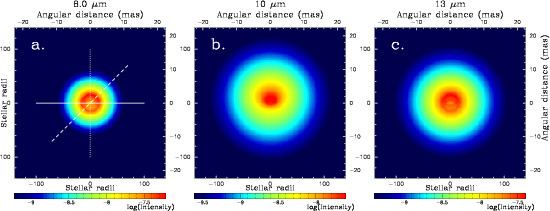
WOH G64 varies regularly in brightness by over a magnitude at visual wavelengths with a primary period of around 800 days. The star suffers from over six magnitudes of extinction at visual wavelengths, and the variation at infra-red wavelengths is much smaller. It has been described as a carbon-rich Mira or Long-period variable, which would necessarily be an asymptotic-giant-branch star rather than a supergiant. Brightness variability has been confirmed by other researchers in some spectral bands, but it is unclear what the actual variable type is. No significant spectral variation has been found.
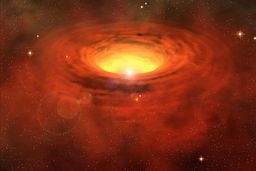
The combination of the star's temperature and luminosity places it toward the upper right corner of the Hertzsprung–Russell diagram. The star's evolved state means that it can no longer hold on to its atmosphere due to low density, high radiation pressure, and the relatively opaque products of thermonuclear fusion. The intervening dust clouds makes the study of the star very difficult. It may even be possible that it has a bright hot companion, but there has been no confirmation of this observation. The strong stellar wind has created a torus-shaped cloud roughly a light year in diameter containing 3-9 M☉ of expelled material.
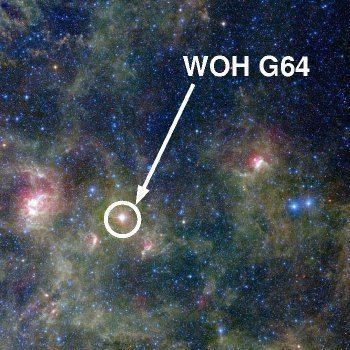
Ohnaka et al. calculate that the star has a luminosity of 280,000 L☉ and a radius around 1,730 R☉ based on the assumption of an effective temperature of 3,200 K and radiative transfer modelling of the surrounding torus. Levesque calculated an effective temperature of 3,400 K by spectral fitting of the optical and near-UV SED. Adopting the Ohnaka luminosity with this new temperature gives a radius of 1,540 R☉. Earlier studies, ignoring the asymmetric radiation caused by the dusty torus, found luminosities around twice as large, and consequently larger values for the radius. The physical parameters found by the most recent research are consistent with the largest red supergiants found elsewhere and with theoretical models of the coolest and largest possible stars (e.g. the Hayashi limit).
